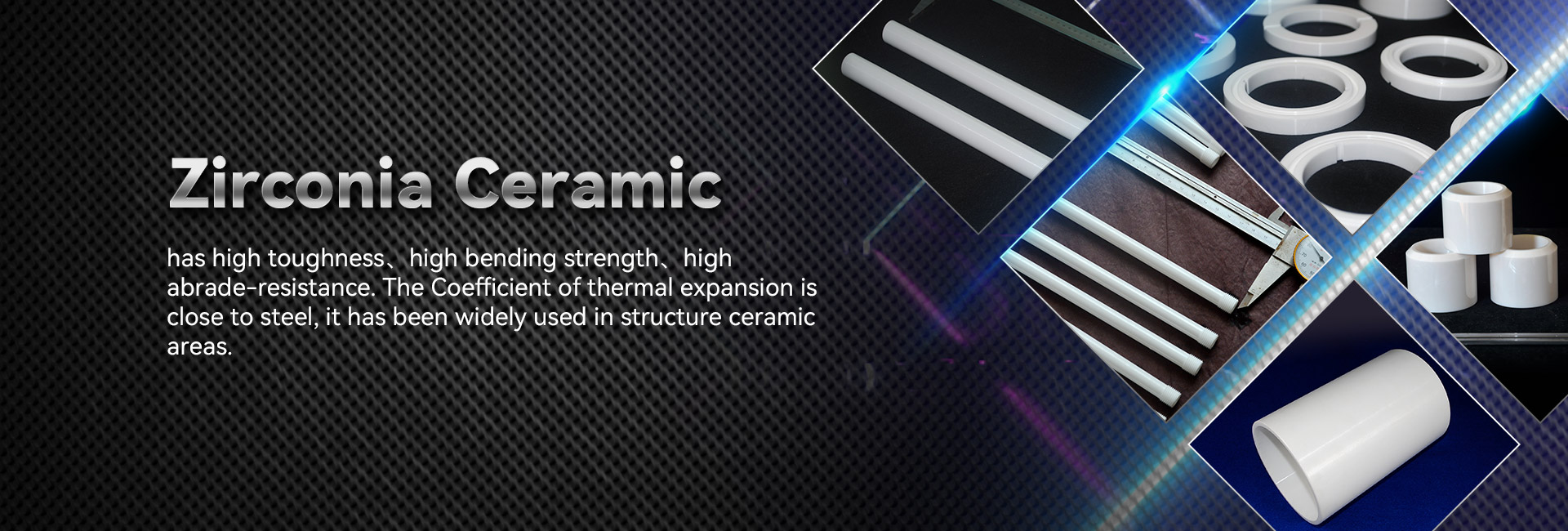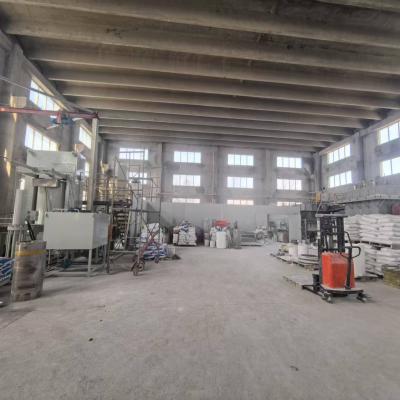
Advanced substance boast outstanding compositional features, considering them optimal for a comprehensive collection of purposes. Sprouting from orbital and automotive to electronic equipment, these substances are rapidly transforming to accommodate the ceramic insulator required standards of a current context.
- Their resilience and antagonism to severe climates make them crucial for top-tier machinery.
- Moreover, technical ceramics offer strengths in terms of performance, aiding the advancement of novel apparatuses.
Engineering Matter: Assembled for Remarkable Capability
Constructed ceramics thrive in demanding functions due to their extraordinary characteristics. Made from exclusive raw elements and undergoing intensive processing methods, these next-generation materials manifest peerless resilience, degradation resistance, and endurance to drastic atmospheres, deterioration, and abrasion. From outer space modules to engraving tools, industrial ceramics present excellent performance across numerous specialties. Their pliability allows resisting rugged states, warranting endurance and soundness. As technology progresses, the requirement for state-of-the-art materials grows, cementing the essential stance of industrial ceramics in shaping a improved prospect.
Innovative Ceramics: Extending Matter Edges
Material, highlighting remarkable durability and endurance, are encountering a revolution. Pioneering ceramics, constructed with precise control over their makeup and microscopic formation, transcending the limits of everything that is attainable. These materials present a broad assortment of essentials, making them optimal for hard applications such as aviation, therapeutics, and resources. From lightweight parts that weather extreme warmth to biocompatible implants that unite naturally with the anatomy, advanced ceramics are transforming our existence.
Meticulous Ceramic Assembly: Fulfilling Critical Demands
Functional ceramic fabrication has improved remarkably in recent cycles, facilitating the manufacturing of sophisticated and highly useful ceramic modules. These elements are crucial across a varied range of realms, including flight, biomedical, and device domains. Fulfilling the high standards for these uses calls for fine fabrication approaches that guarantee dimensional faithfulness, surface coating, and material qualities. Contemporary ceramic fabrication processes utilize diverse methods, including slip casting, injection molding, and additive manufacturing. These strategies make possible the construction of complex shapes and exact features with outstanding accuracy. In addition, advances in materials science have spawned new ceramic designs endowed with elevated peculiarities. These structures boast increased toughness, durability, and tolerance to drastic energy conditions, granting their use in demanding sectors.
The prospects for fine ceramic fabrication are vast. As inquiries and evolution carry on, we can foresee even more advanced tactics and ceramics that will moreover push the confines of what is possible in this domain.
Exceptional Ceramic Compounds for Intense Situations
Advanced ceramic constructs offer extraordinary fortitude and antagonism against rigorous ambiences, making them favored for unrelenting assignments in power areas. These cutting-edge ceramics can endure excessive temperature loads, withstand decay, and preserve their performance under challenging mechanical forces. Their unique crystalline aspects make possible solid function in demanding locales, including industrial furnaces, gas turbines, and nuclear systems.
- Hybrid ceramic mixtures
- Thermal resistance
- Mass reduction
Hybrid Materials: Blending Resistance and Applicability
Blended materials exhibit a convincing mix of mechanical durability and distinct unique characteristics. Through the combining of ceramic elements within a base, these composites achieve extraordinary efficiency. This integration results in heightened defense against high warmth, wearing, and chemical degradation, rendering them suitable for exacting duties in astronautics, vehicles, and utilities industries. Furthermore, ceramic composites are personalized to possess specific properties like electrical conductivity or biocompatibility, expanding their applicability across diverse fields.
Fine Regulation in Advanced Ceramics
Achieving desired attributes in leading ceramics repeatedly entails detailed governance over their fine formation. A variety of processing aspects, including sintering heat level, length, and atmosphere, alongside the integration of dopants or auxiliary phases, dramatically shape the structure of grains, permeability, and other microstructural elements. Precise optimization of these settings allows for the enhancement of resilience, crack resistance, and temperature conductivity. Specifically, enhancing the sintering thermal setting can foster grain spread, thus increasing density and improving mechanical rigidity. Conversely, adjusting the firing atmosphere may affect the oxidation form of the ceramic, thereby influencing its electrical charge transport or magnetic influences. Understanding these relationships between microstructure and properties is vital for constructing advanced ceramics with tailored quality suitable for extensive operations.
Durability-Enhancing Ceramics: Improving Robustness
Across hard-wearing commercial domains, where parts are subjected to constant scoring and corrosion, articles with remarkable toughness are essentially necessary. Wear-resistant ceramics have emerged as a prime measure, supplying unparalleled toughness and output in numerous areas such as workshop, mining, and aerospace. These cutting-edge compounds possess a singularity morphology that improves their capability to combat erosion. By leveraging the natural resilience and solidity of ceramic blends, engineers can formulate strong units capable of withstanding the most tough operating circumstances.
Medical-Grade Elements: Applications in Therapeutics
Clinically safe ceramics have recast the therapeutic field, presenting an array of useful attributes for wide-ranging works. These ceramics are non-reactive within the physiology, minimizing antibody responses and stimulating recovery. A prime operation for biocompatible ceramics is in orthopedic implants, where their hardness sustains long-lasting hold to damaged organisms.
Equally important, they are adopted in prosthetic teeth, yielding a long-lasting and aesthetically pleasing solution for oral reconstruction. Ceramics also play a key part in pharmaceutical formulations, empowering the focused distribution of compounds to specific places within the organism.
- Additionally, biocompatible ceramics are repeatedly being examined for cellular therapy, serving as a backbone for replacement.
- Consequently, the destiny of biocompatible ceramics in clinical use looks hopeful, with continual studies expanding their uses.
Advanced Ceramic Sensors: Boosting Consistent Observations
Precision ceramic instruments have come forth as principal components across a wide array of fields. These detectors leverage the one-of-a-kind essentials of ceramic forms to deliver highly valid observations. Their fortitude in {demanding|harsh| 